Homes & Gardens
-
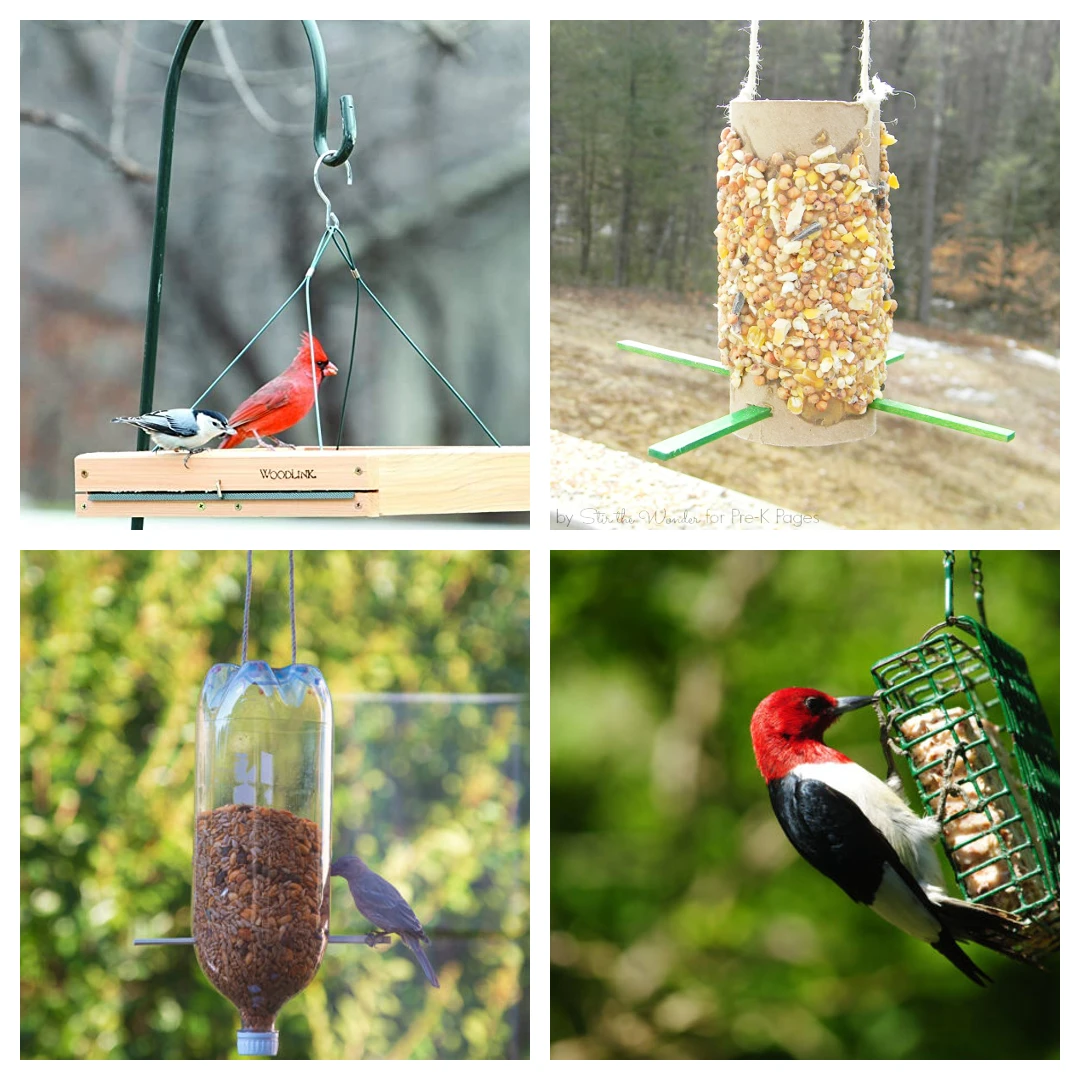
How to make your own bird feeder
Welcome, bird lovers! If you're looking for a fun and easy way to attract more feathered friends to your backyard, you've come to the right place. In this guide, we'll show you how to make your very own bird feeder with just a few simple supplies and some basic tools. With a homemade bird feeder, you'll be able to watch a variety of beautiful birds up close and personal, and help keep them well-fed throughout the year. Plus, it's a great way to spend some quality time with your kids, grandkids, or friends, as you create a beautiful outdoor oasis for your feathered neighbors. So, grab your materials, put on your DIY hat, and let's get started! Follow our step-by-step instructions, and before you know it, you'll have a bird feeder that will be the envy of all the birds in your neighborhood.
-
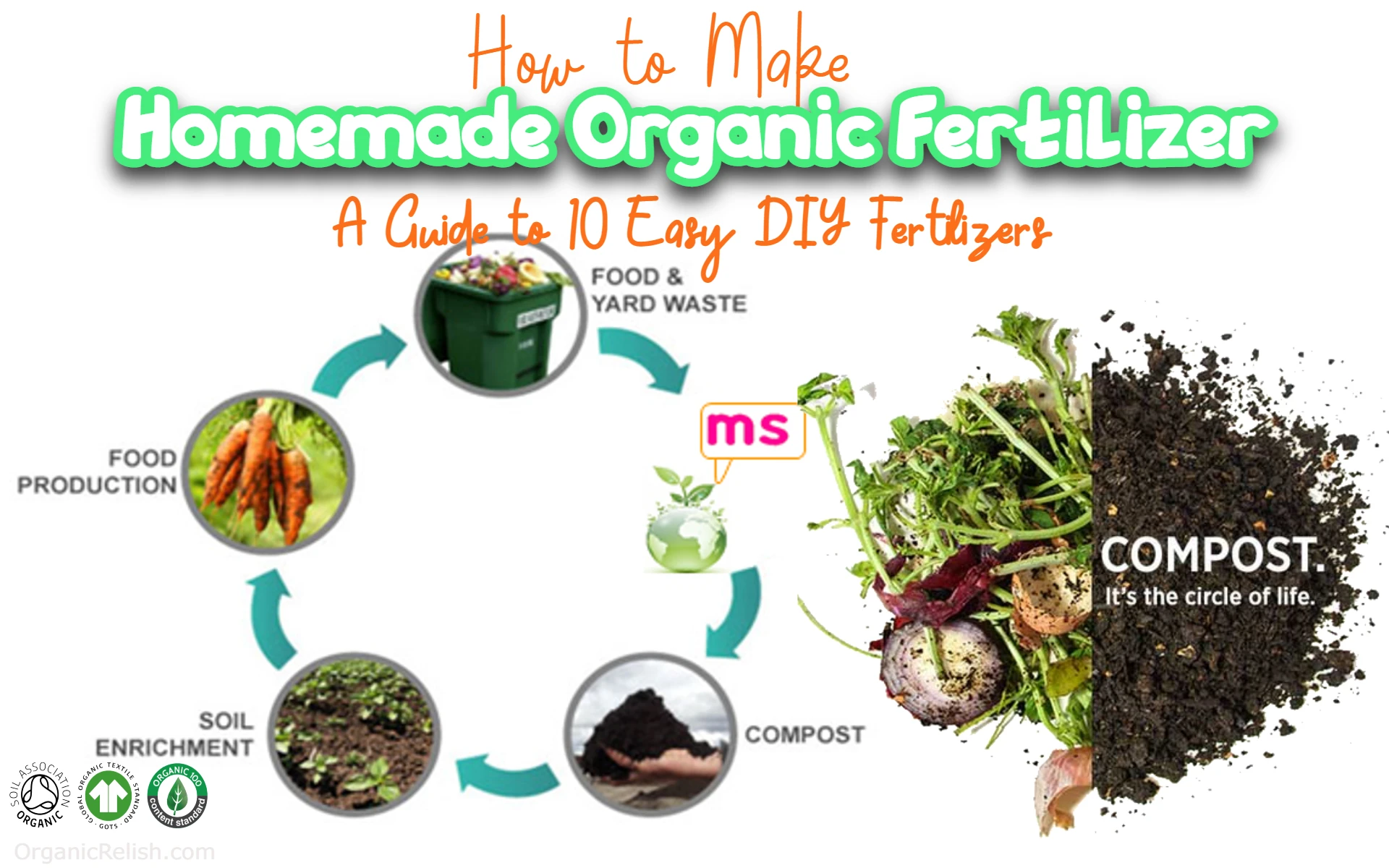
How to Make Organic Fertilizer
As a gardener, you want the best for your plants. That's why we've put together this comprehensive guide to 10 easy DIY organic fertilizers. These fertilizers use natural ingredients like Epsom salt, grass clippings, comfrey, seaweed, and bone meal to provide essential nutrients for healthy plant growth. So whether you're a seasoned green thumb or a beginner, read on to discover the benefits of using organic fertilizers and how to make them at home.
-
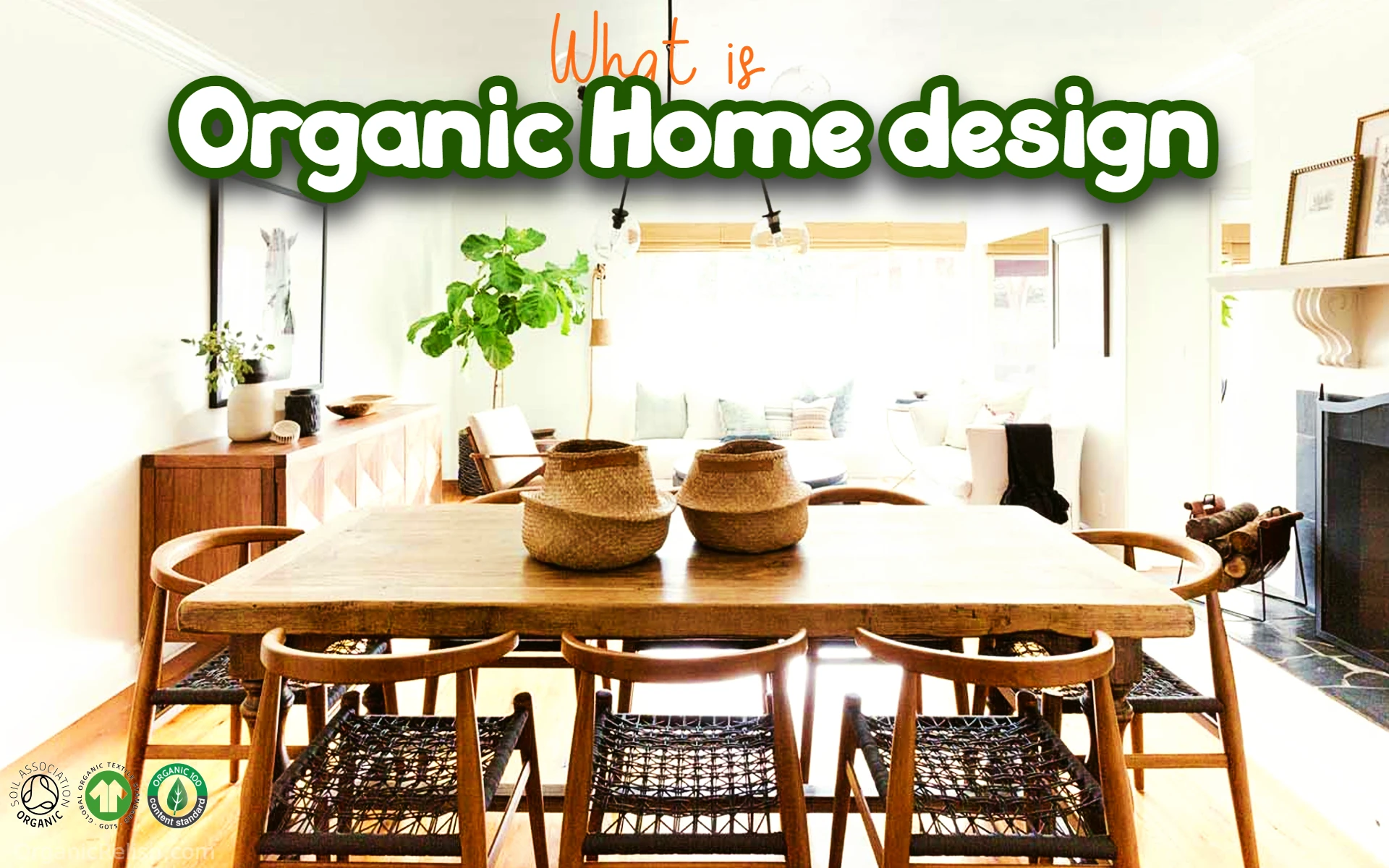
What is Organic Home design?
Organic home decor is a growing trend in interior design that emphasizes natural, eco-friendly, and sustainable materials and products. From the use of organic cotton for bedding to reclaimed wood for furniture, the benefits of organic home decor go beyond just aesthetics. By incorporating organic elements into your home, you can promote a healthier and more sustainable living environment.
-
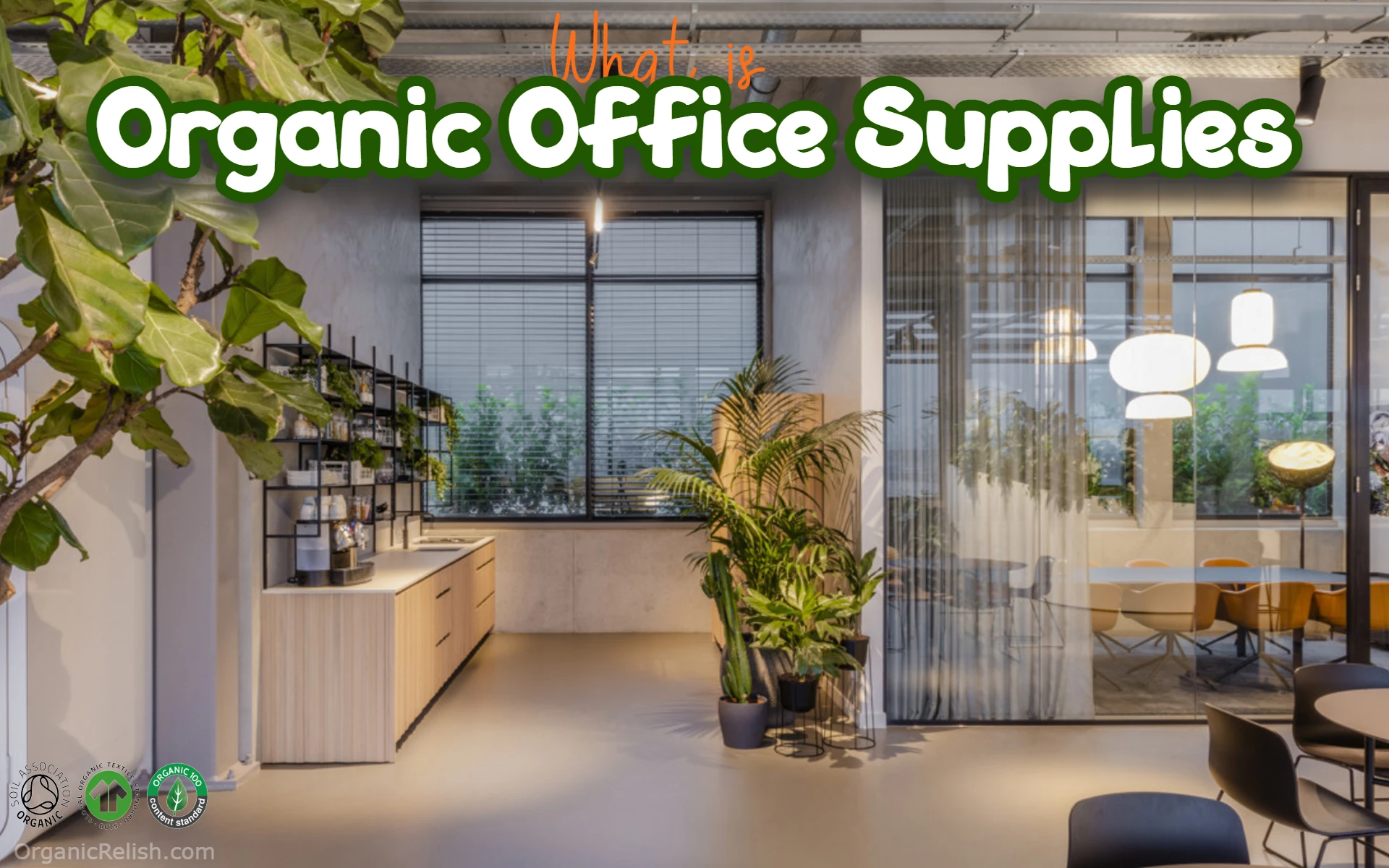
What is Organic Office Supplies?
Organic office supplies refer to eco-friendly products made from sustainable and biodegradable materials. These products are designed to reduce environmental impact and promote a healthy work environment. In this article, we will explore what organic office supplies are and why they are important.
-
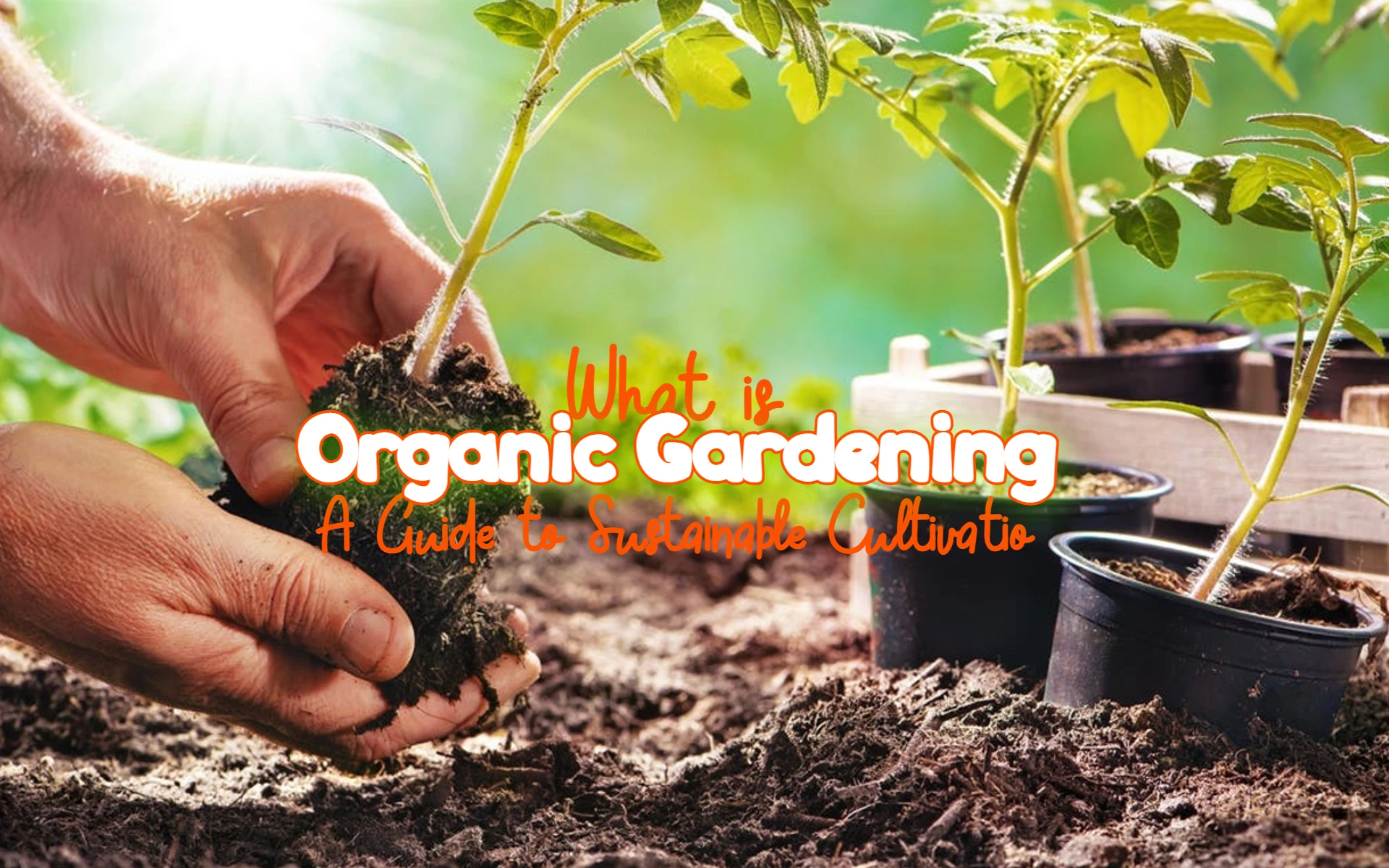
What is Organic Gardening?
Organic gardening is a method of growing plants and vegetables without the use of synthetic chemicals, pesticides, or fertilizers. This approach prioritizes the use of natural and sustainable techniques, such as composting and crop rotation, to promote soil health and enhance plant growth. By avoiding the use of harmful chemicals, organic gardening not only benefits the environment but also provides healthier and more nutritious produce for those who consume it. Organic gardening is a holistic approach that emphasizes the importance of soil health, plant health, and environmental sustainability.
-
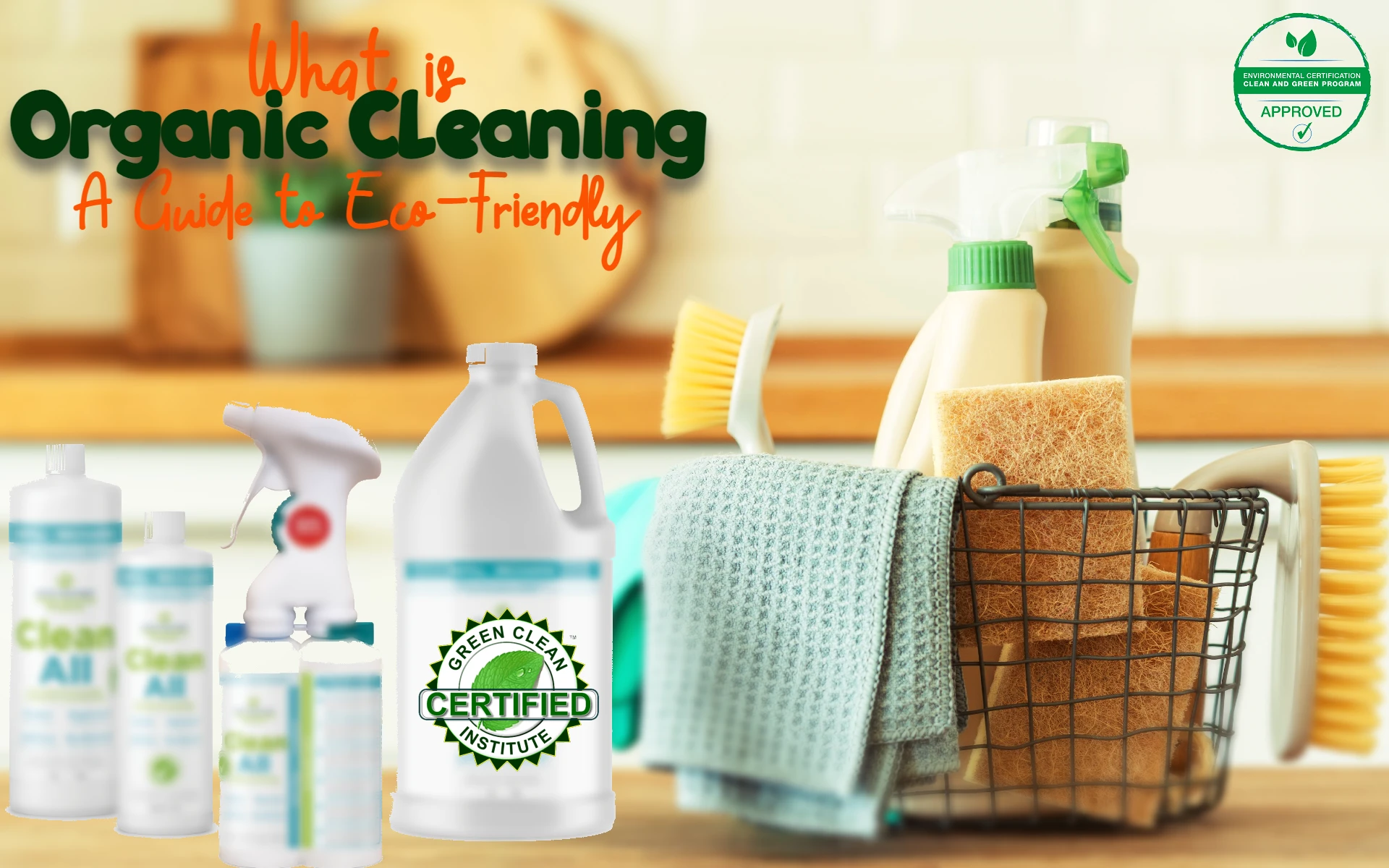
What is Organic Cleaning?
Organic cleaning refers to the use of natural and non-toxic products to clean and maintain the hygiene of homes and other environments. Unlike traditional cleaning products that contain harsh chemicals and synthetic substances, organic cleaning products are made with ingredients derived from plants and minerals. This type of cleaning is not only environmentally friendly, but also safer for human health, as it does not release harmful chemicals into the air or leave behind toxic residue. Organic cleaning can be achieved through the use of various products such as soap nuts, vinegar, baking soda, lemon, and essential oils. These products are effective in cleaning, sanitizing, and deodorizing surfaces, and can be used for a variety of cleaning tasks, from cleaning floors and surfaces to removing stains and odors. Overall, organic cleaning is a healthier, more sustainable, and more cost-effective alternative to traditional cleaning methods.
-
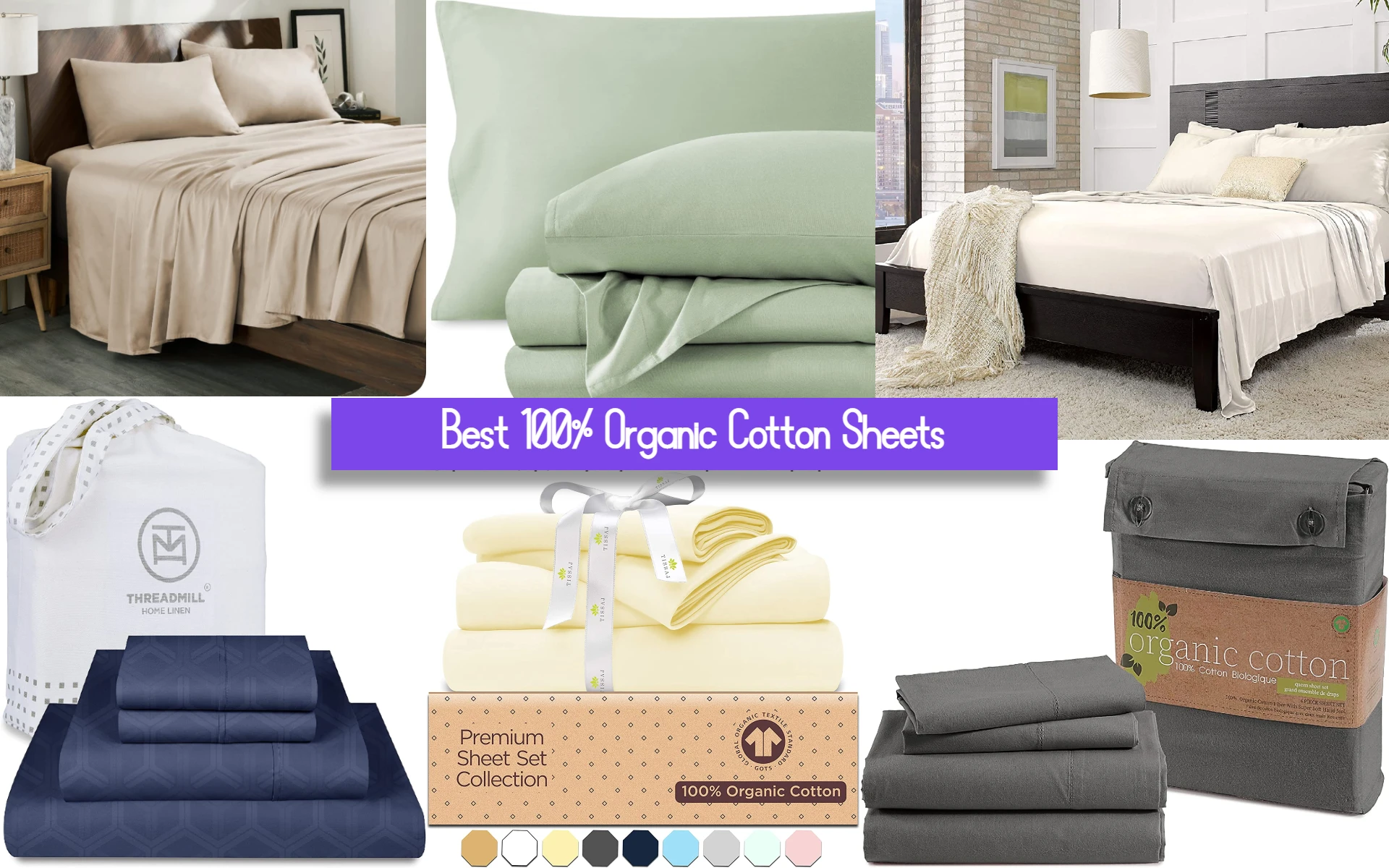
Best Organic Cotton Sheets
Organic cotton sheets are a popular choice for those looking for a sustainable and eco-friendly bedding option. These sheets are made from cotton that is grown without the use of synthetic pesticides and fertilizers, making them a healthier choice for both the environment and your skin. In addition to being organic, the sheets are also often made with other sustainable materials and production processes, making them a responsible choice for consumers. In this article, we’ll take a closer look at some of the best organic cotton sheets on the market, highlighting the key features and benefits of each product. When shopping for organic cotton sheets, there are several factors to consider to ensure that you choose the best product for your needs: Fabric weight and thread count: The fabric weight and thread count of the sheets will determine their overall quality and feel. A higher thread count generally means that the sheets will be softer and more durable, but it’s not the only factor to consider. The fabric weight, or how much the sheets weigh, can also affect their feel and performance. Weave type: The weave type of a sheet can affect its appearance, feel, and performance. Different types of …
-
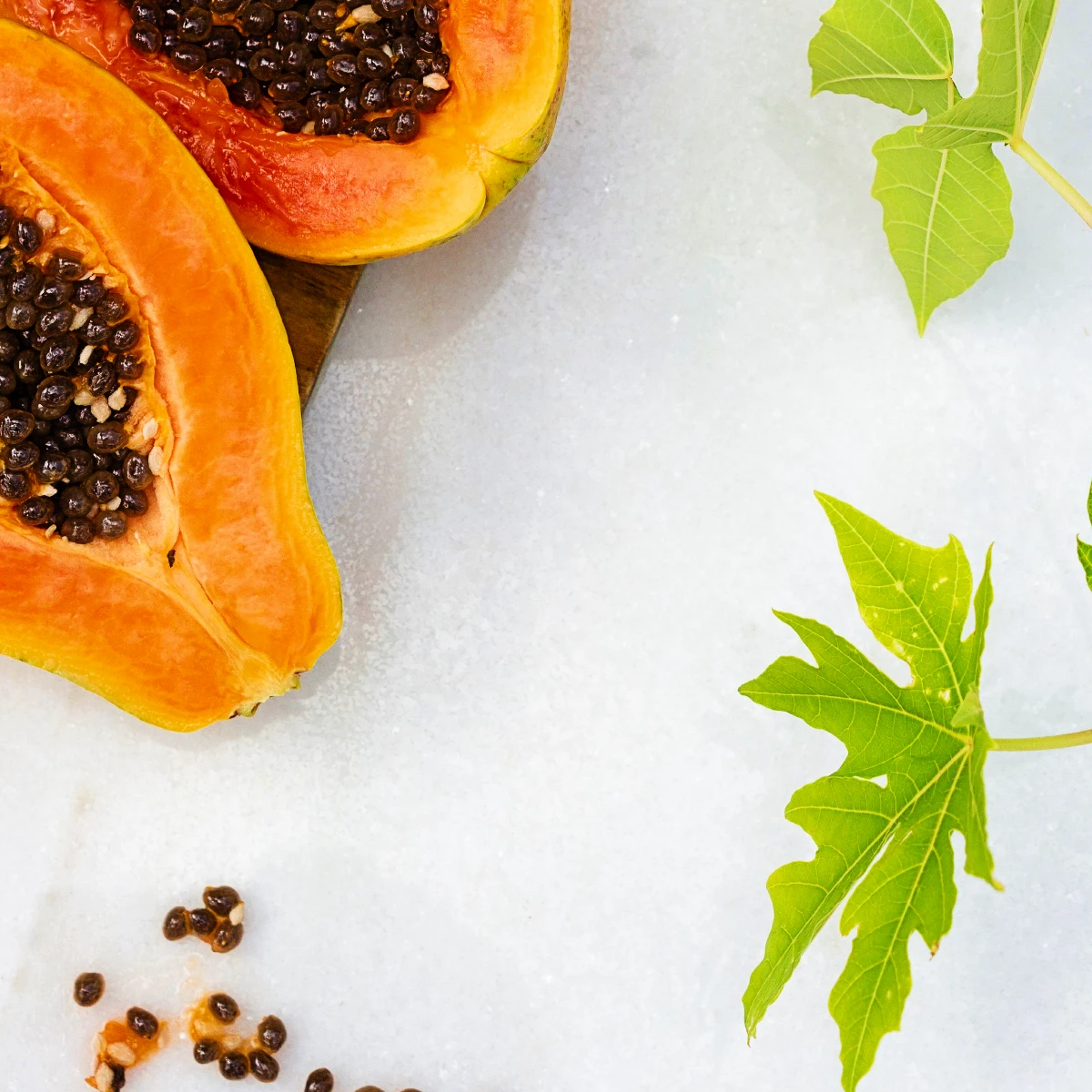
How to plant Papaya seeds in pots?
Papaya is native to the tropical regions of South America, but nowadays, is cultivated and grown everywhere in both the tropics and subtropics. The leaves of the Papaya tree are very large, but they do not last long. In this article we will talk about how to plant Papaya seeds in pots and mention step by step guides. In addition, we will explain how long it takes for a Papaya tree to grow from seed. So stay with this post to get information. How to Grow Papaya in a Pot? Papaya cultivation is usually done by collecting seeds from ripe fruits. The step-by-step method for growing a Papaya tree from seed is as follows: Choose a type of Papaya seed to plant in a pot.Prepare rich potting soil.Provide enough water and sunlight for the plant. (Always monitor the watering of Papaya. The soil surface should always be moist. As the plant grows, watering should be done regularly. Don’t forget sunlight for plant growth. If you plan to grow Papaya indoors, make sure the plant receives at least 6 to 8 hours of direct sunlight per day.)Papaya needs good N-P-K fertilizer to grow faster.Use organic fertilizers to prevent pest and disease …
-

Is Softened Water Salty?
Although many people don’t want to deal with hard water, they’re concerned about installing a water softener because of the salt (salt-free water softeners don’t exist). While it’s true that softening water does add sodium (in place of the hardness minerals), there are a few things you should know. of salt per regeneration cycle. Most of this salt is flushed down the drain. For moderately hard water (5 grains per gallon), softening water adds 78.7 mg to the commonly recommended daily water intake of eight 8-ounce glasses. Consider that the average adult sodium intake is 3,000 to 4,000 mg, so this makes it about 2.5% or less of the total. It’s equivalent to the sodium in about half a slice of white bread. Water from a properly installed water softener does not taste salty. If your softened water does taste salty, you should have a technician come look at your system and check it. If you are concerned about the additional sodium, you can install a reverse osmosis system under your kitchen sink, which will remove the sodium along with many other contaminants. You can use the water from the reverse osmosis system for drinking and cooking. If you’re concerned …
-
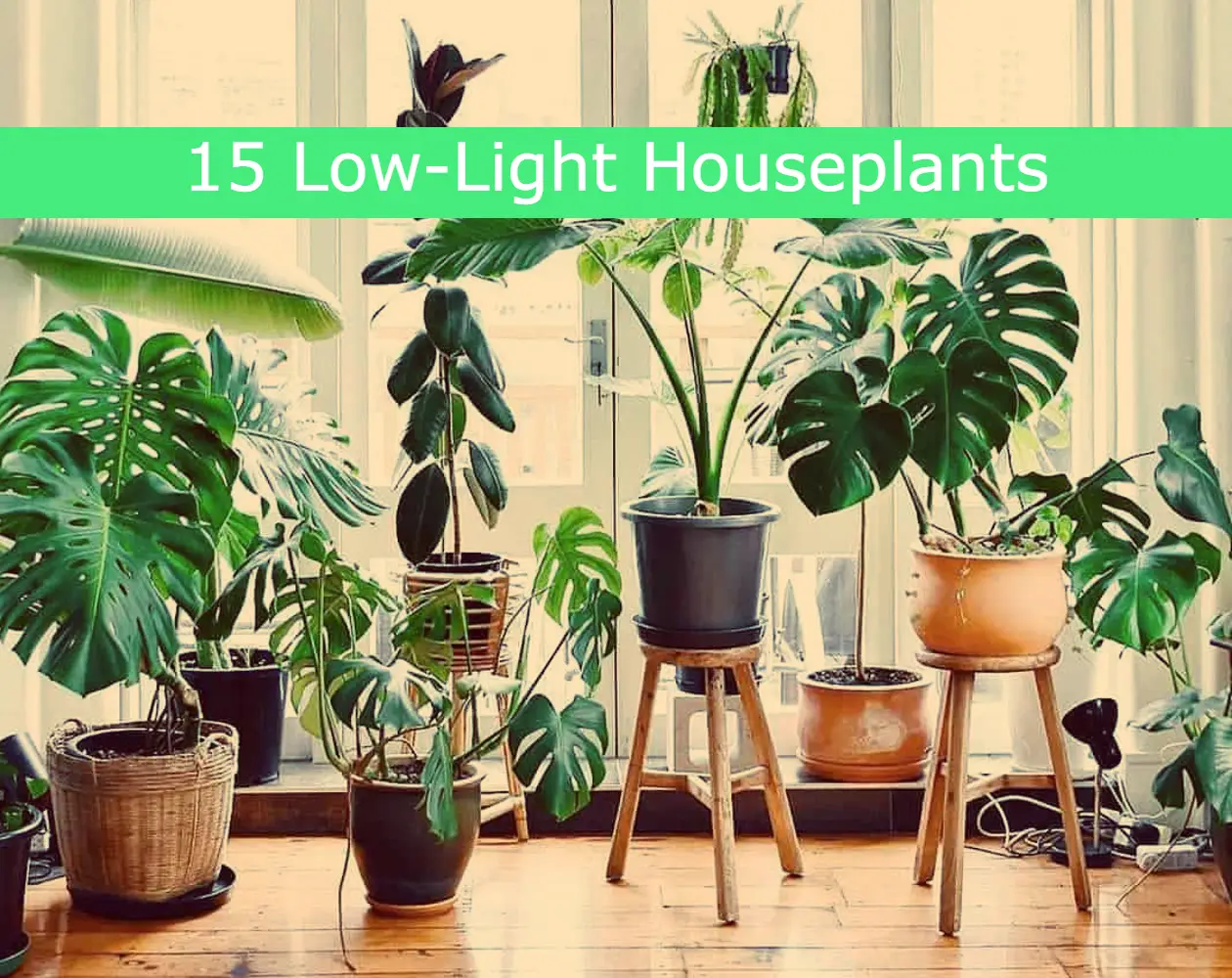
15 Low-Light Houseplants That Thrive in Near Darkness
We already know that houseplants detoxify our air and make us happier. These plants thrive in low-light so now you can have some green in every corner of your home. 1. Chinese evergreen VIA AMAZON.COM Also known as Aglaonema, this common low-light houseplant comes in 22 different varieties and is known for bringing good luck. It requires moist soil but not much else though you will need to avoid cold temperatures and excessive sunlight. According to House Plants Expert, these ornamental, low-light houseplants have been grown in Asia for centuries. But wear gloves if you have sensitive skin as the plant’s juice can cause irritation. Silver Queen is one of the most common types of Chinese Evergreen and is known for the striking pattern of its leaves. 2 . Snake plant VIA AMAZON.COM Almost impossible to kill, Sansevieria, also known as mother-in-law’s tongue, is native to tropical West Africa. This low-light houseplant is easily recognized by its long leaves with yellow or silvery-white stripes. According to Green and Vibrant, because of its strong plant fibres, it was once used to make bowstrings. It’s also known for its filtration qualities and converts harmful substances into harmless ones. It does well with …